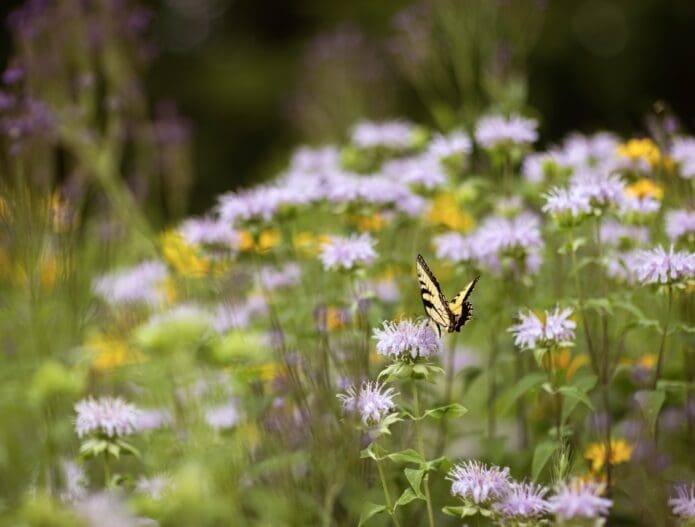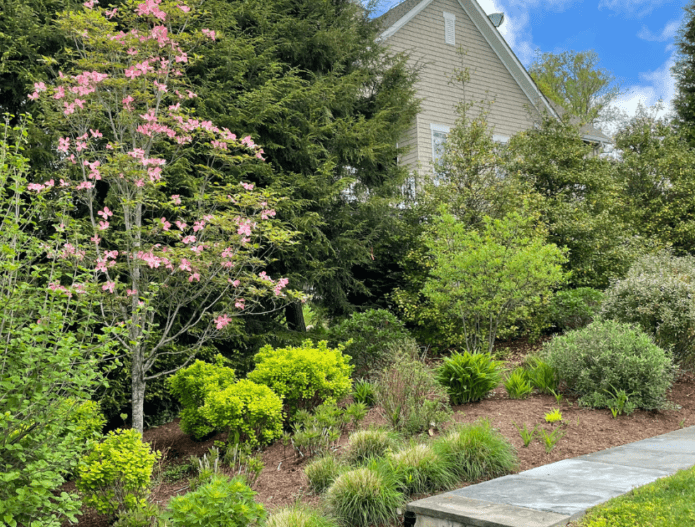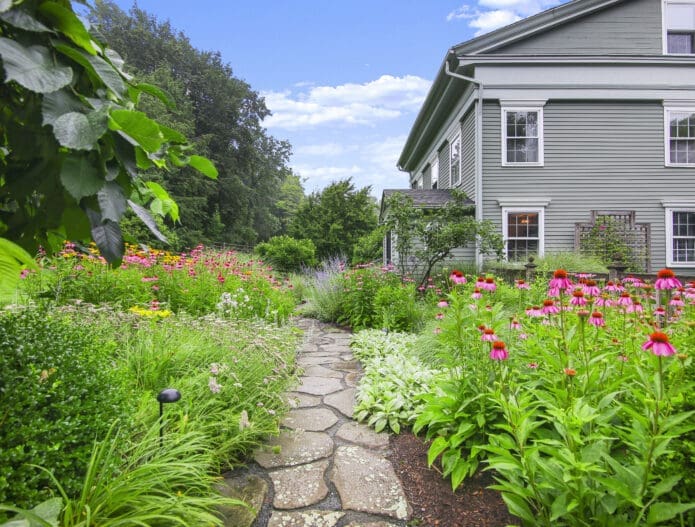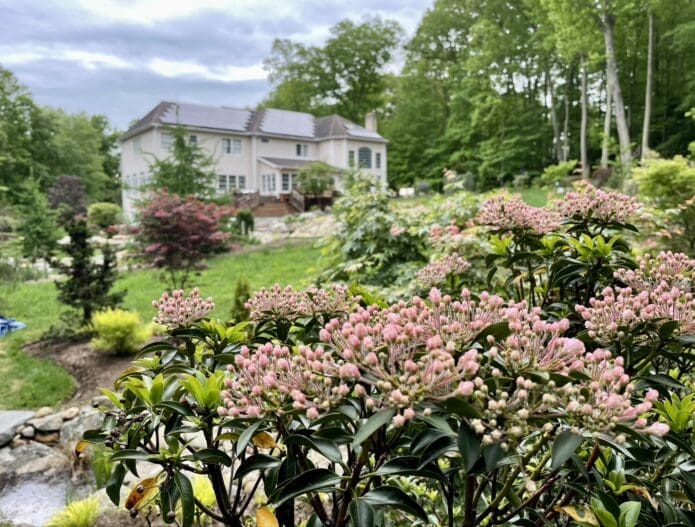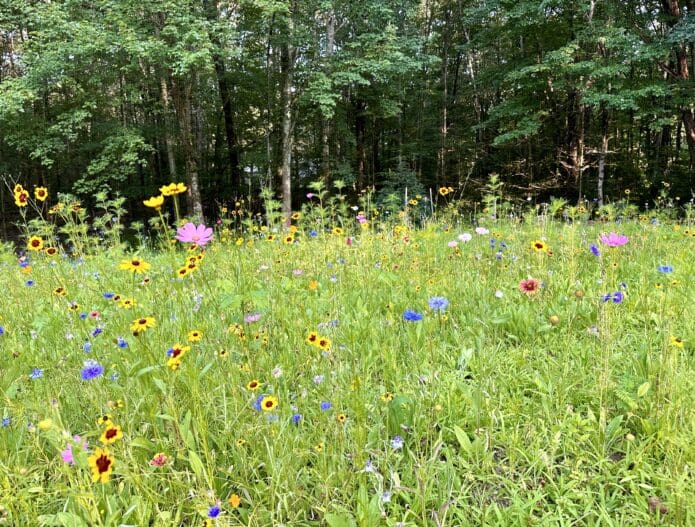Your garden has the potential to be more than just a beautiful space. According to Douglas W. Tallamy, an ecologist and professor at the University of Delaware, it can be vital in addressing the biodiversity crisis and supporting the environment. Tallamy, co-founder of the educational nonprofit Homegrown National Park, has spent years advocating for ecological gardening practices. His message is clear: your yard can help manage the watershed, support pollinators, bolster a viable food web, and sequester carbon. Here’s how you can make a difference.
1. Manage the Watershed
Every landscape has a responsibility to manage the watershed it lies within. Lawns, which dominate many gardens, are particularly harmful in this regard. A well-maintained lawn degrades the watershed by promoting runoff and preventing water infiltration. Instead, consider replacing portions of your lawn with native plants that can absorb and filter water. Adding trees, shrubs, and groundcovers not only helps manage water but also reduces the need for chemical fertilizers and pesticides, which often pollute waterways.
Tallamy emphasizes that you don’t need to overhaul your entire garden at once. Start small by planting a tree or creating a patch of native wildflowers. Over time, these incremental changes will improve your garden’s ability to manage water sustainably.
2. Support Pollinators
Pollinators like bees, butterflies, and moths are essential for the reproduction of many plants, including those that produce food. However, their populations are declining due to habitat loss, pesticide use, and invasive species. To support pollinators, Tallamy recommends planting native species that provide nectar and pollen. Keystone plants, which play an outsized role in supporting ecosystems, are particularly important. For example, goldenrod and milkweed are excellent choices for attracting pollinators.
Avoid practices that harm beneficial insects, such as mosquito fogging treatments. Even natural solutions like pyrethrin can indiscriminately kill pollinators, fireflies, and other vital species. Instead, focus on creating a safe and welcoming environment for these creatures.
3. Bolster the Food Web
A healthy food web starts with plants that support caterpillars, which are a primary food source for birds and other wildlife. Tallamy’s research shows that just 14% of native plants support 90% of caterpillars, making these keystone plants critical for restoring ecosystem function. Oaks, for instance, are a powerhouse for supporting caterpillars and other wildlife.
If your garden is already established, you don’t need to remove all your non-native plants. Instead, aim for a balance. Research suggests that having 70% native plants in your garden is enough to support local bird populations. Use resources like Homegrown National Park’s regional guides to identify the best keystone plants for your area and incorporate them into your landscape.
4. Sequester Carbon
Climate change is one of the most pressing environmental challenges, and your garden can help mitigate its effects by sequestering carbon. Trees and shrubs are particularly effective at capturing carbon dioxide from the atmosphere and storing it in their biomass and the soil. However, not all plants are equally beneficial. Tallamy cautions against large-scale planting of nonnative species like eucalyptus, which may sequester carbon but fail to support biodiversity.
Instead, focus on planting native trees and shrubs that provide dual benefits: carbon sequestration and habitat for wildlife. By choosing the right plants, you can maximize your garden’s ecological impact.
Rethinking the Role of Lawns
While lawns have ornamental value and serve practical purposes, such as providing pathways and reducing tick exposure, they contribute little to ecological health. Tallamy suggests reducing the size of your lawn and replacing it with native plants. Even small changes, like adding a patch of wildflowers or a single oak tree, can make a significant difference.
The Bigger Picture
Tallamy’s work underscores the importance of making informed plant choices. His lab has ranked plants in every U.S. county based on their ability to support the food web, and similar efforts are underway globally. This information is crucial for reforestation and gardening efforts, ensuring that we prioritize plants that support both biodiversity and climate goals.
By managing the watershed, supporting pollinators, bolstering the food web, and sequestering carbon, your garden can become a powerful tool for ecological restoration. Start small, make thoughtful choices, and watch as your landscape transforms into a haven for wildlife and a force for environmental good.



